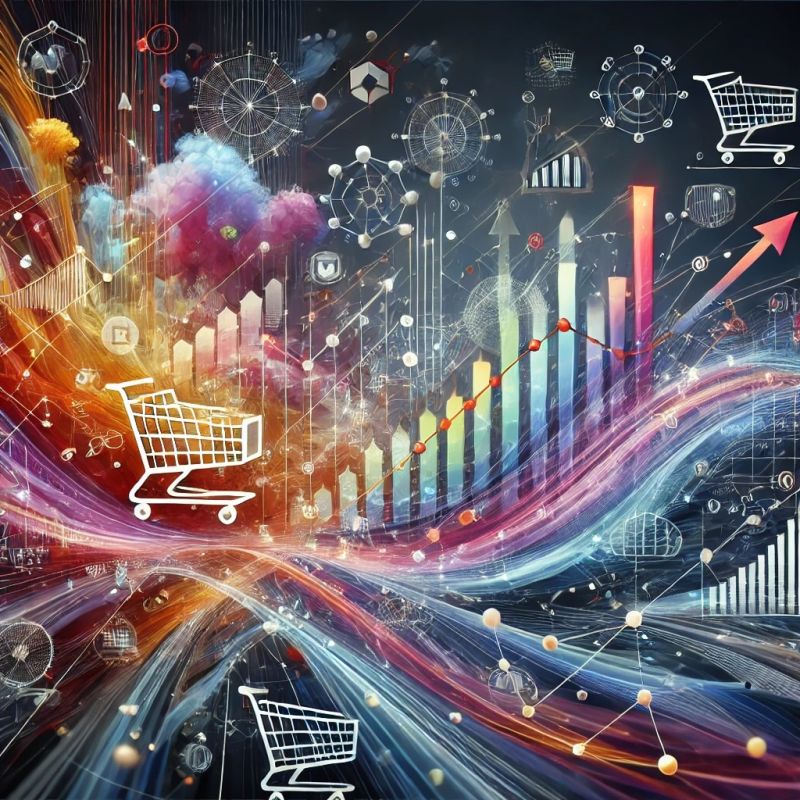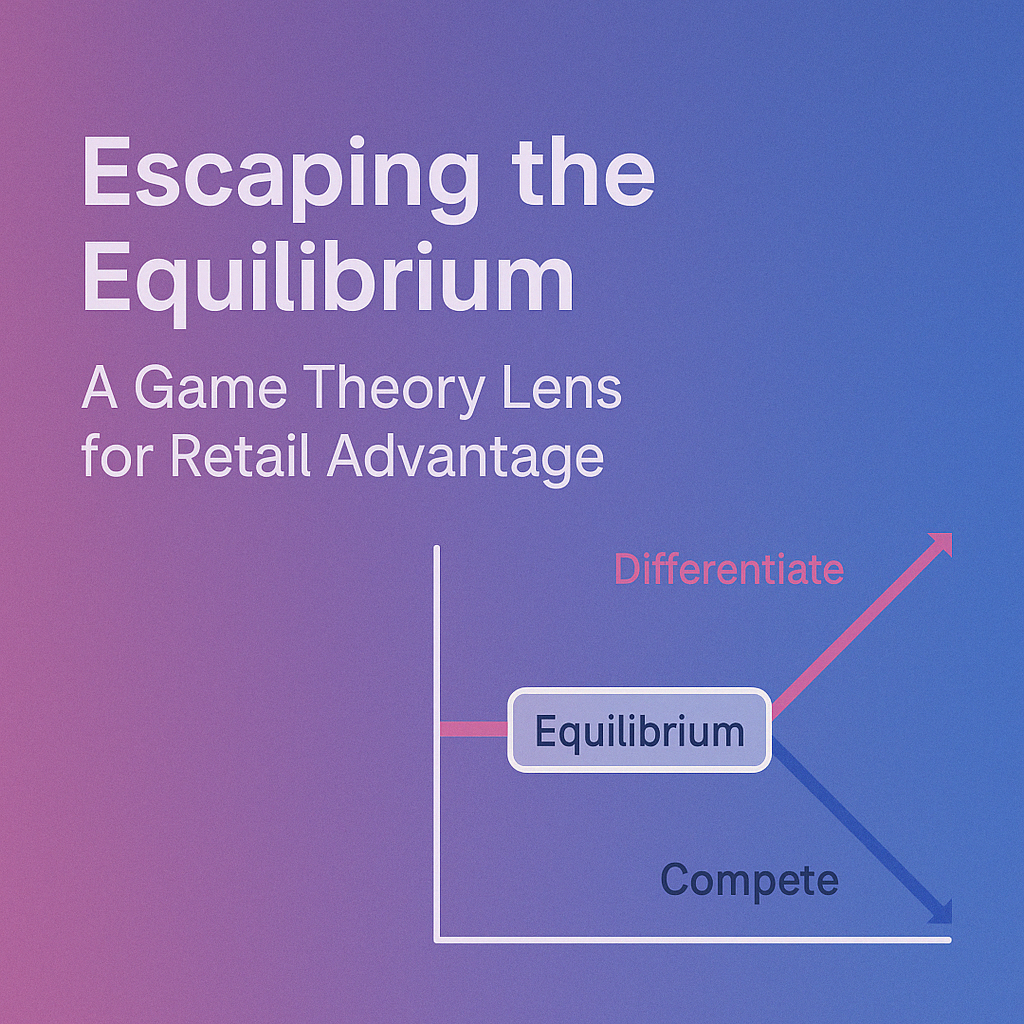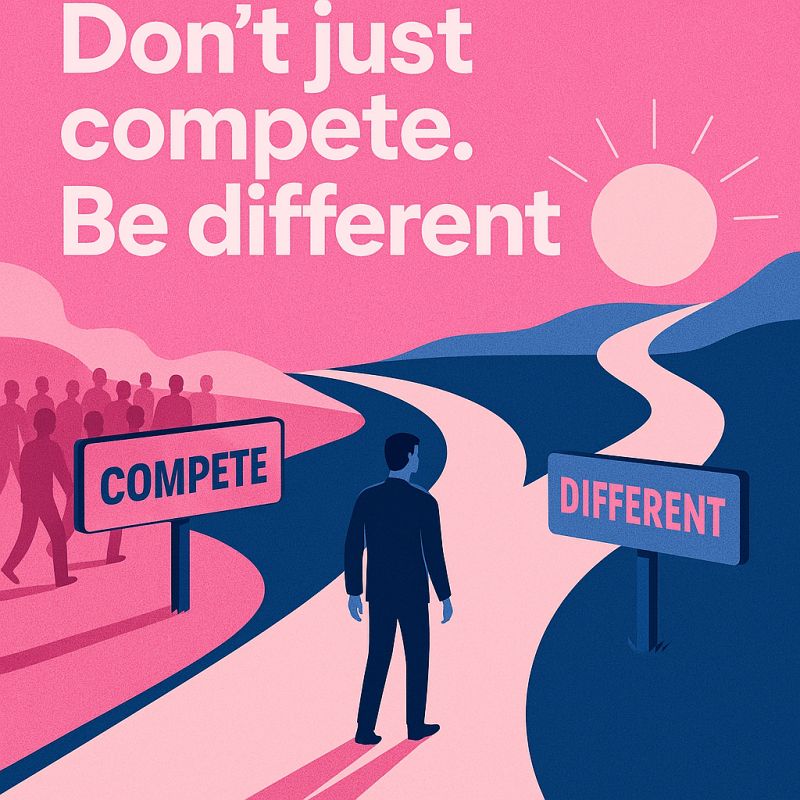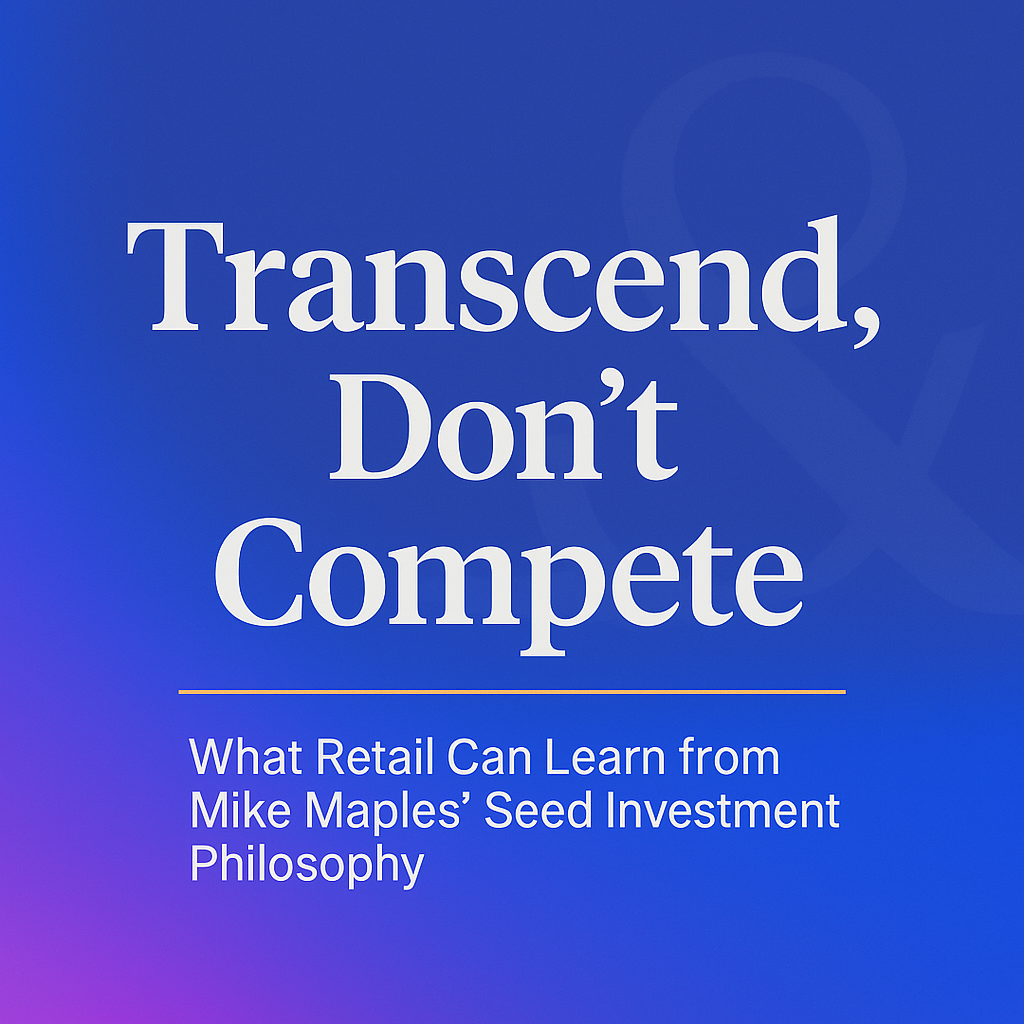The Unpredictable Game Of New Product Success

The Unpredictable Game of Retail: Why Some Products Win and Others Vanish
Every retailer, from luxury fashion houses to fast-fashion giants, has the same goal: to create new product success that dominates the market. Yet, for every viral sensation, countless others quietly disappear into clearance bins.
Why does this happen? Why do some products skyrocket in popularity while others struggle to gain traction?
If you’ve spent any time analyzing new product success, you’ll know that creating great products isn’t enough. The real challenge lies in aligning multiple factors—factors that, when optimized, create unstoppable momentum, and when misaligned, can turn even the most promising designs into failures.
After an in-depth study of industry trends, consumer behavior, and AI-driven retail intelligence, we’ve developed a framework to decode new product success. This framework isn’t just theoretical; it’s backed by data, case studies, and the evolving role of AI in demand forecasting.
Let’s break it down.
The Formula for New Product Success
New product success isn’t additive—it’s multiplicative. You can’t compensate for bad timing with aggressive marketing, nor can you fix a lack of availability with superior design. Each factor interacts with others in a way that either amplifies success or accelerates failure.
The equation:
New Product Success = (Newness^ Influence) × Value (Quality + Price) × On Time × On Trend × On Brand × Experience × Availability × Community + Sustainability + Adaptability
Each element plays a vital role in determining whether a product will thrive or fail.
1. The Multiplicative Core: The Non-Negotiables
These factors interact as multipliers—if even one is missing, the entire equation collapses.
- Value (Quality + Price): A product must deliver either exceptional quality for its price or outstanding price for its quality—ideally both. Consumers today are highly value-conscious and quick to compare alternatives.
- On Time: Timing is crucial. Launching a winter coat in late spring, no matter how stylish, is a recipe for failure.
- On Trend: Many brands miscalculate trends by looking at what’s currently popular rather than predicting what will be relevant. AI-driven forecasting tools now enable brands to anticipate trends before they peak.
- On Brand: A product that doesn’t align with a brand’s identity confuses consumers and dilutes its positioning.
- Experience: Beyond design, the tactile and emotional experience of using a product influences repeat purchases and organic word-of-mouth marketing.
- Availability: Inventory planning mistakes cost retailers billions. A product that isn’t accessible—even if demand exists—will struggle.
- Community: The social commerce era means success isn’t just about what brands say, but about what consumers say to each other.
2. The Exponential Drivers: Newness & Influence
Certain factors don’t just add up—they multiply impact.
- Newness: True innovation cuts through market noise. A fresh, well-timed product has a better chance of capturing consumer attention.
- Influence: Social proof—whether through influencers, user-generated content, or viral appeal—can turn an unknown product into a sensation overnight.
3. The Additive Enhancers: Sustainability & Adaptability
These elements don’t determine immediate success but future-proof a product.
- Sustainability: Consumers increasingly consider ethical factors when purchasing, but sustainability alone won’t drive sales—it enhances brand loyalty and perceived value.
- Adaptability: The ability to iterate a product post-launch, based on real-time consumer feedback, increases longevity and relevance in the market.
Why Traditional Approaches Fall Short
Historically, brands relied on past sales data, trend reports, and competitor analysis to make product decisions. The problem? These approaches look backward, not forward.
Traditional product development often fails due to:
- Over-reliance on historical data: Past performance doesn’t always indicate future demand.
- Lack of real-time insights: Consumer behavior shifts rapidly, and relying on outdated reports can misguide product strategies.
- Poor cross-functional alignment: Many failures stem from internal misalignment—disconnects between marketing, supply chain, and retail execution.
AI’s Role in Predicting New Product Success
Today, AI is transforming product development by shifting the focus from intuition to predictive intelligence. Retailers using AI-driven demand sensing and consumer preference analysis gain a critical advantage.
AI-driven tools enable brands to:
- Forecast trends before they peak: Algorithms analyze millions of data points from social media, search trends, and sales patterns to identify emerging consumer preferences.
- Optimize inventory levels: Predicting demand prevents overstocking failures (e.g., H&M’s $4 billion inventory issue).
- Target the right audience: AI-driven segmentation ensures new products reach the most receptive consumers first, maximizing early adoption.
- Adjust pricing dynamically: AI-powered pricing models adjust based on real-time demand, reducing the risk of mispricing at launch.
Case Study: How a Leading Brand Doubled Top-Performing Products with AI-Driven Insights
A well-known apparel brand faced stagnation with its top-performing products. By integrating anticipatory AI-driven insights, the brand optimized its inventory, ensuring the right products reached consumers at peak demand.
Through predictive AI models:
- The brand identified emerging demand signals before competitors.
- Adjusted its production schedule to align with real-time consumer preferences.
- Doubled its sales for top-performing SKUs while minimizing markdowns and excess inventory.
This case underscores how AI enables precision in product planning, reducing waste and maximizing sales potential, ultimately driving new product success. Read the full case study here.
How to Apply This Framework to Your Business
The biggest mistake brands make is relying on gut instinct. New product success in modern retail isn’t just about creativity—it’s about precision.
By applying the Multipliers of New Product Success framework, brands can:
- Identify weak spots in product planning before launch.
- Align internal teams to execute seamlessly.
- Leverage AI and data analytics for smarter, faster decision-making.
- Cultivate early adopters who will advocate for the product organically.
Final Thoughts: The Future of New Product Success
In the rapidly evolving retail landscape, new product success depends on anticipation, not reaction. The brands that thrive will be those that harness data, align internal strategies, and continuously iterate based on real-time consumer insights.
By using a multiplicative approach to new product success, powered by AI and predictive intelligence, retailers can turn uncertainty into a strategic advantage—and ensure that their next product doesn’t just launch, but dominates.
The question isn’t whether retail is unpredictable. The question is: Are you ready to predict it?
If you are curious to know and take your new product success rate to the next level, reach out to us for a free consultation here…




